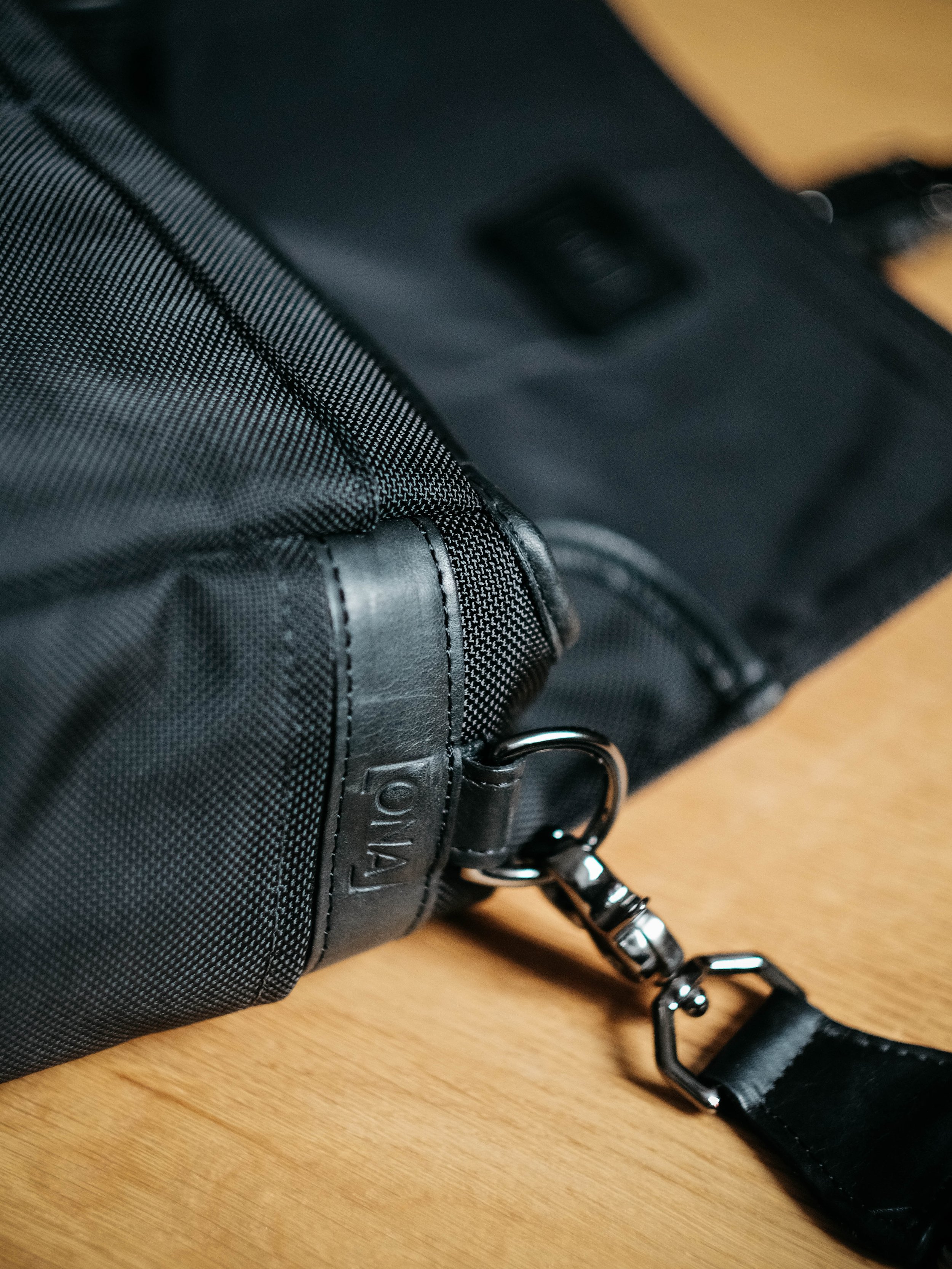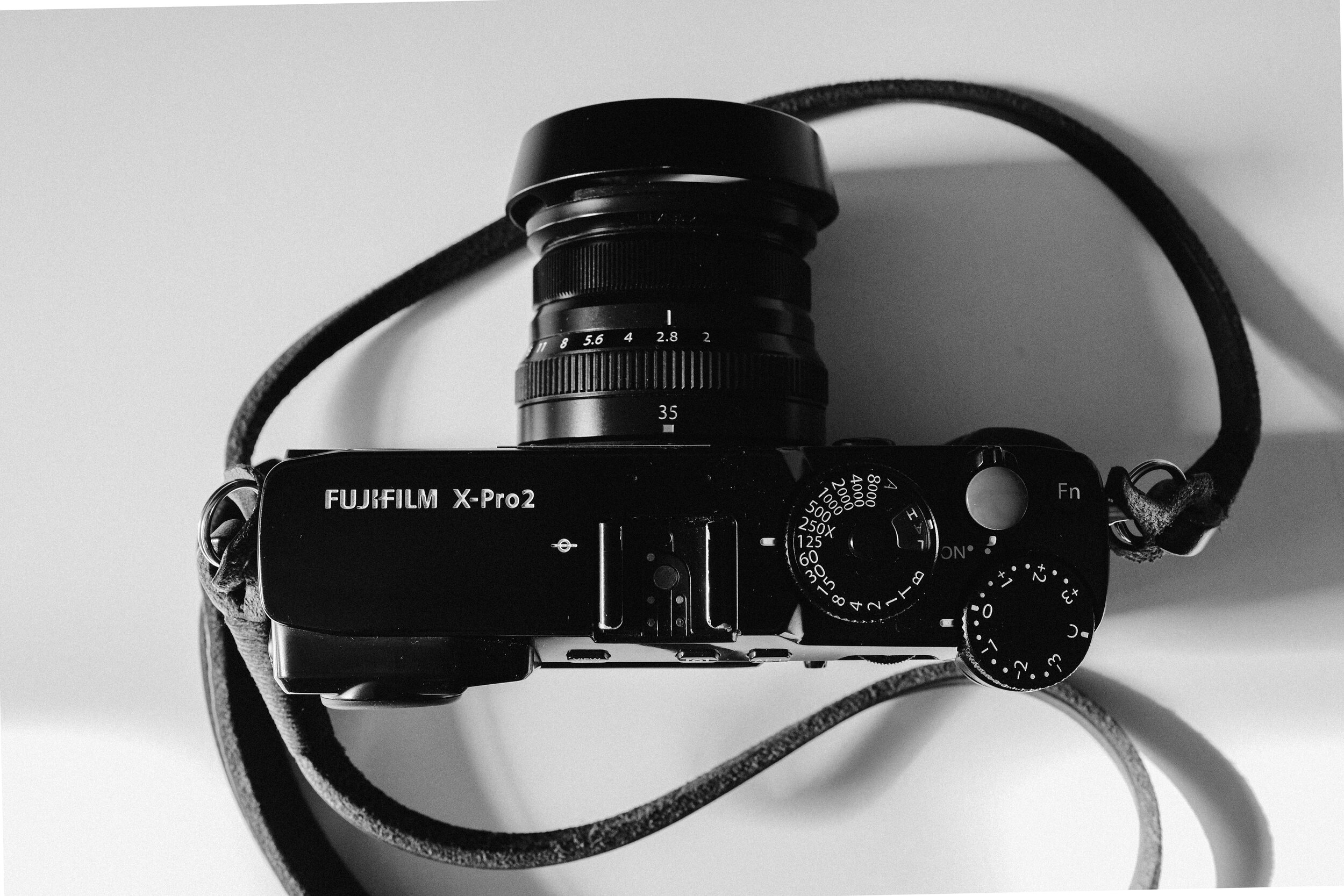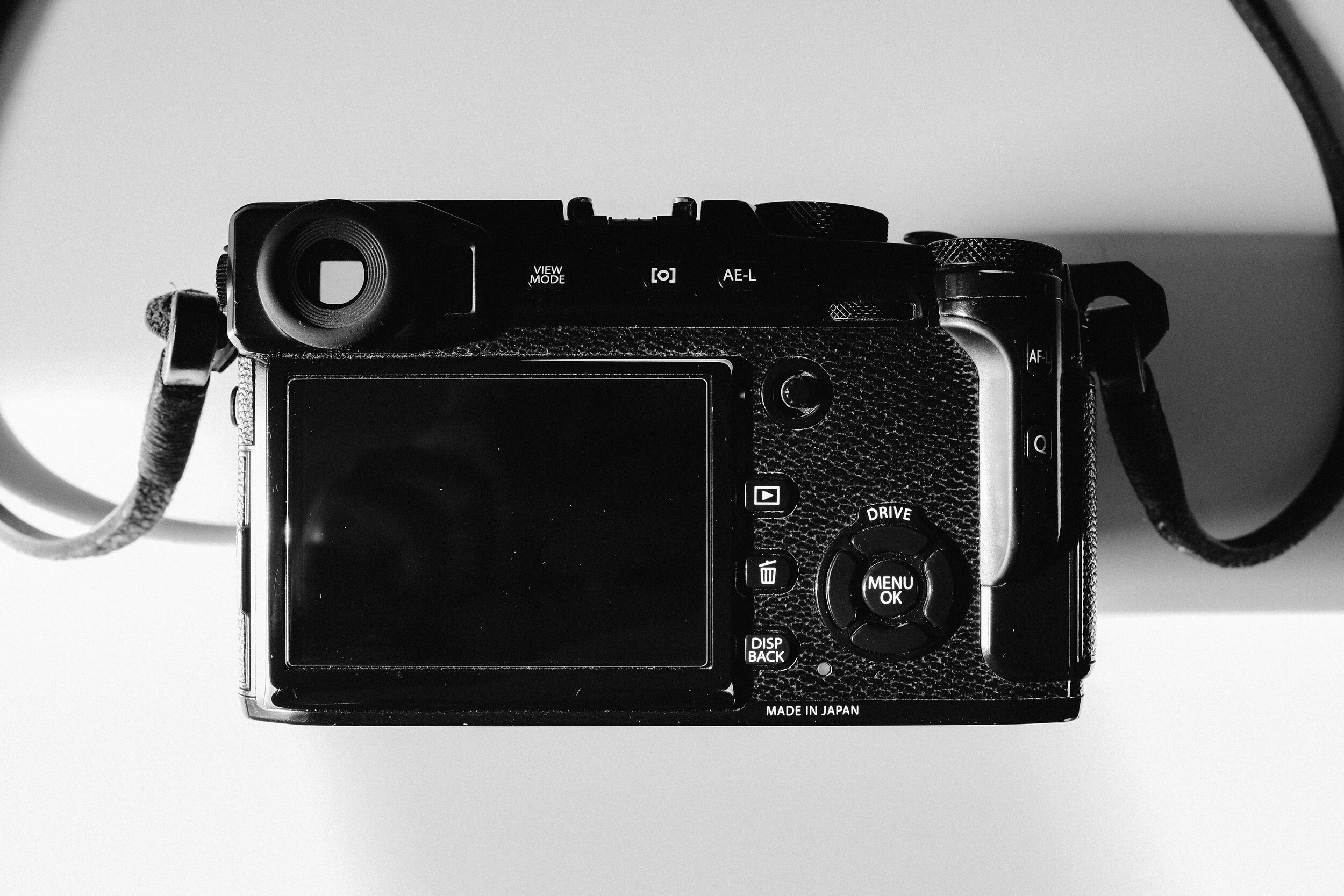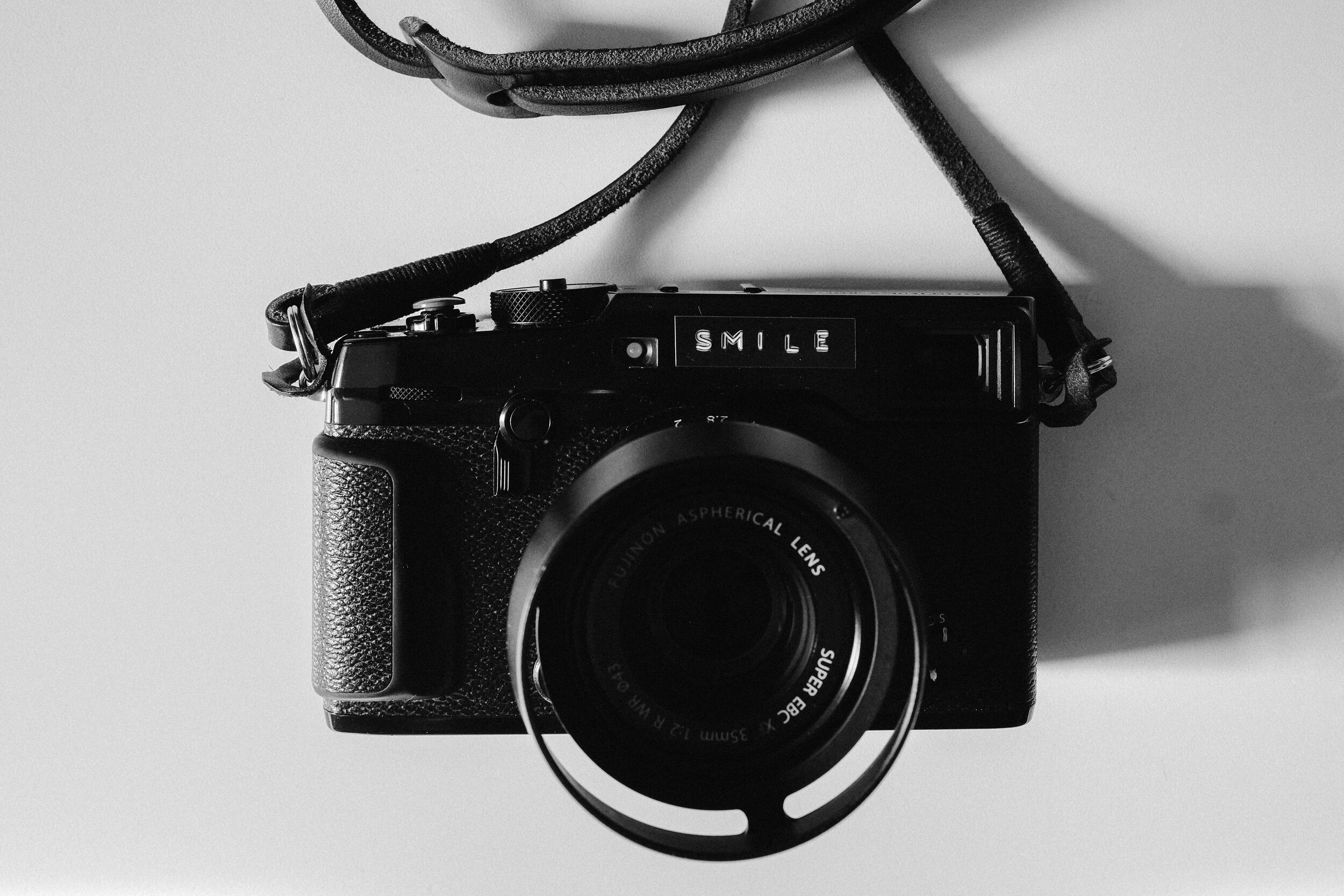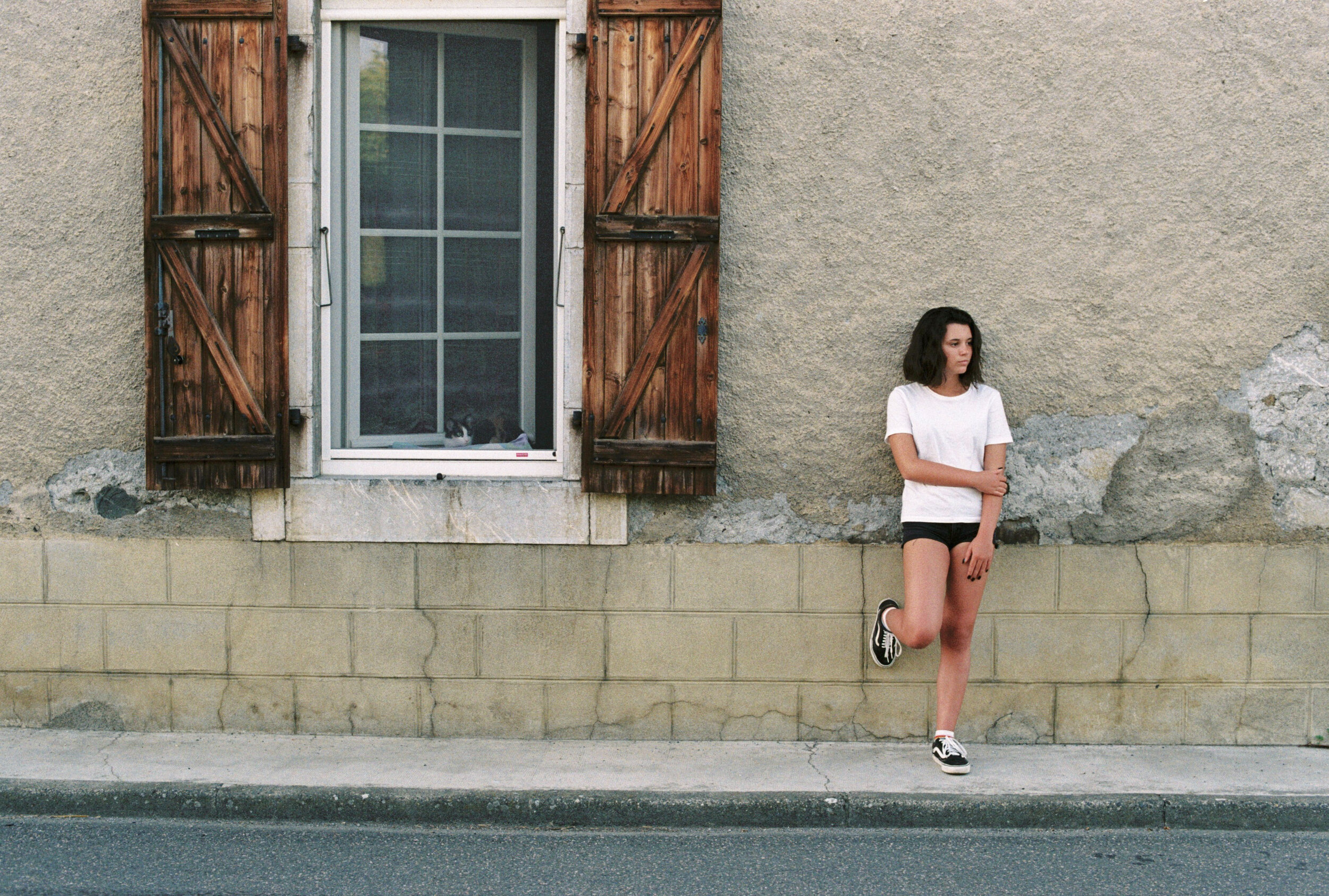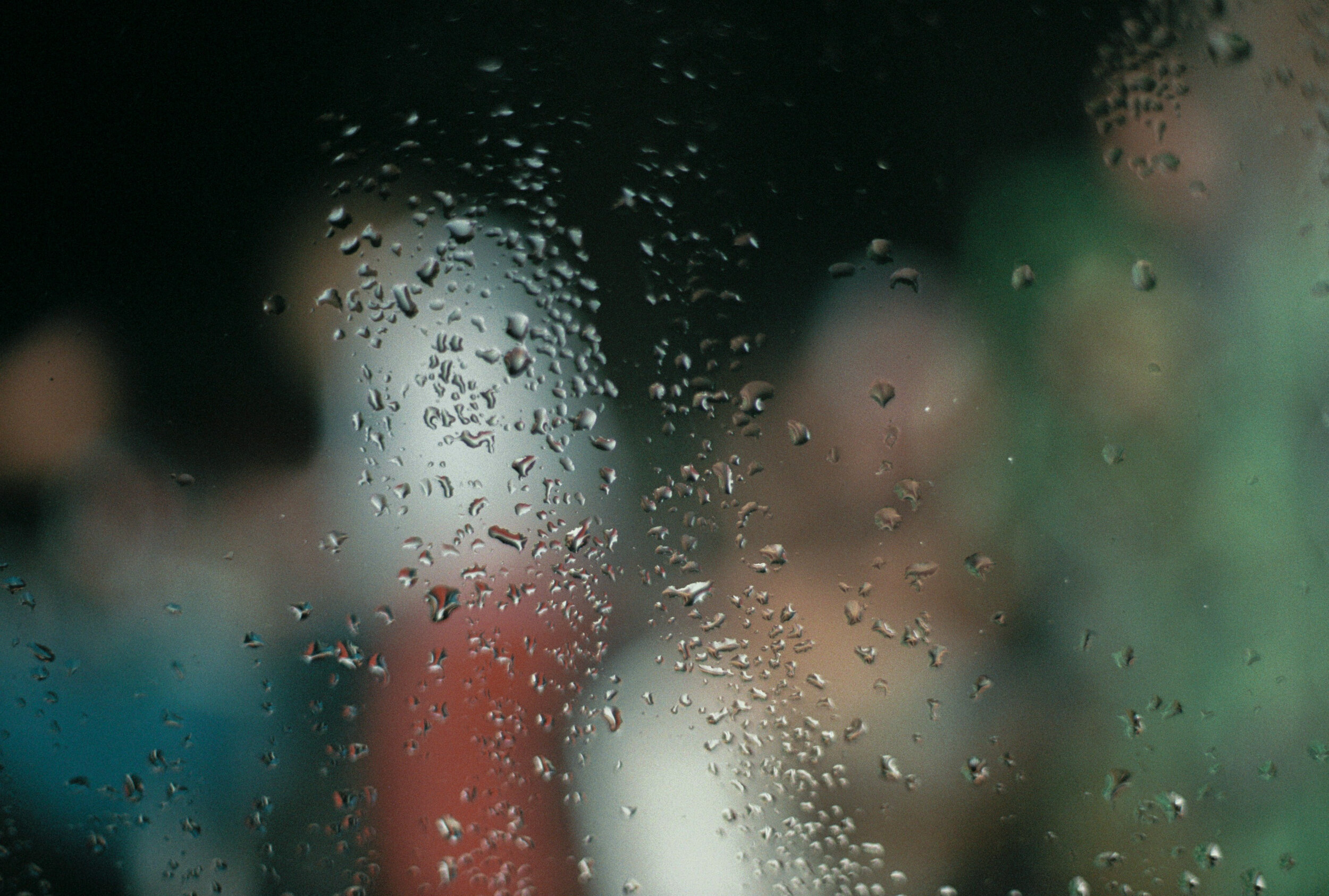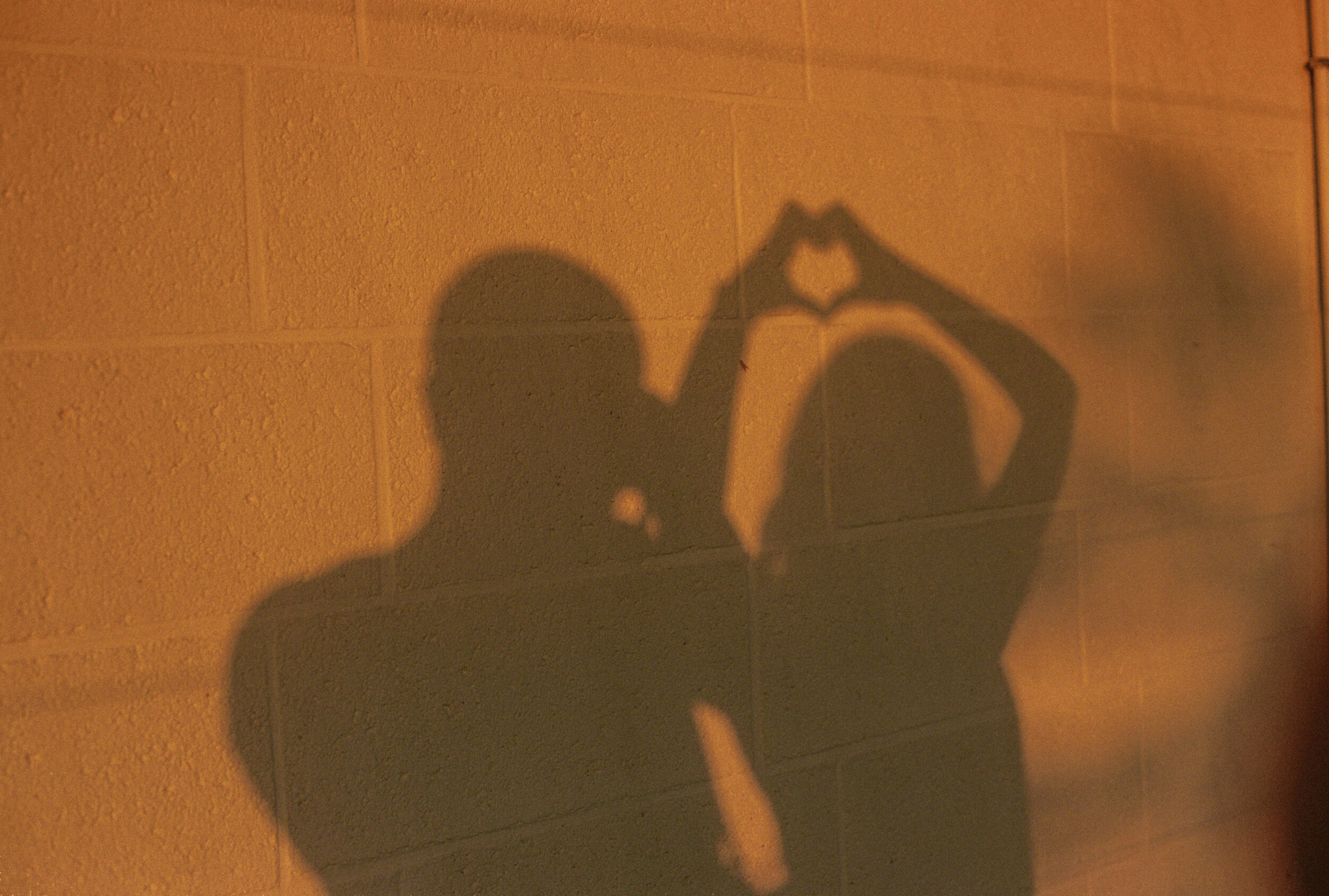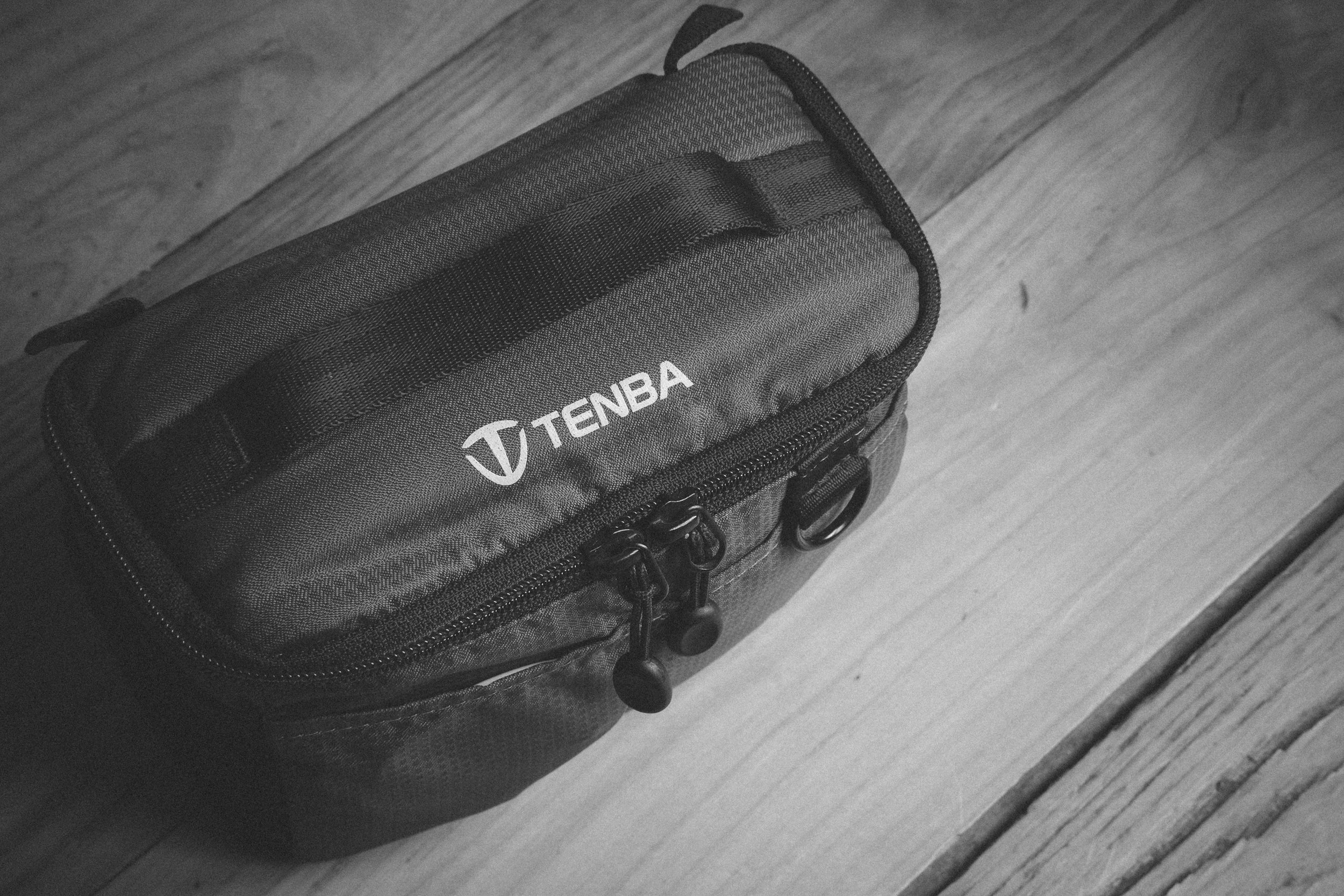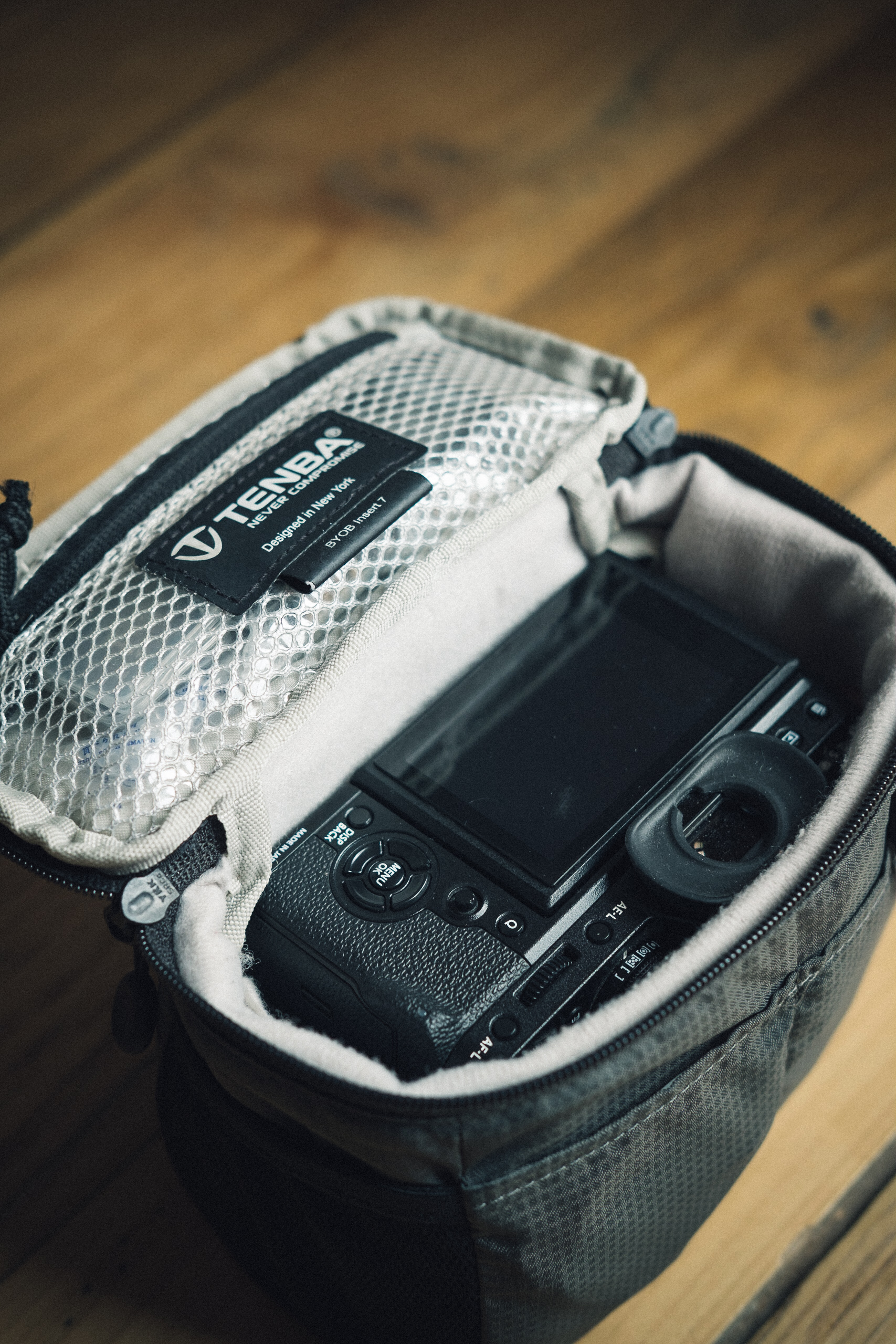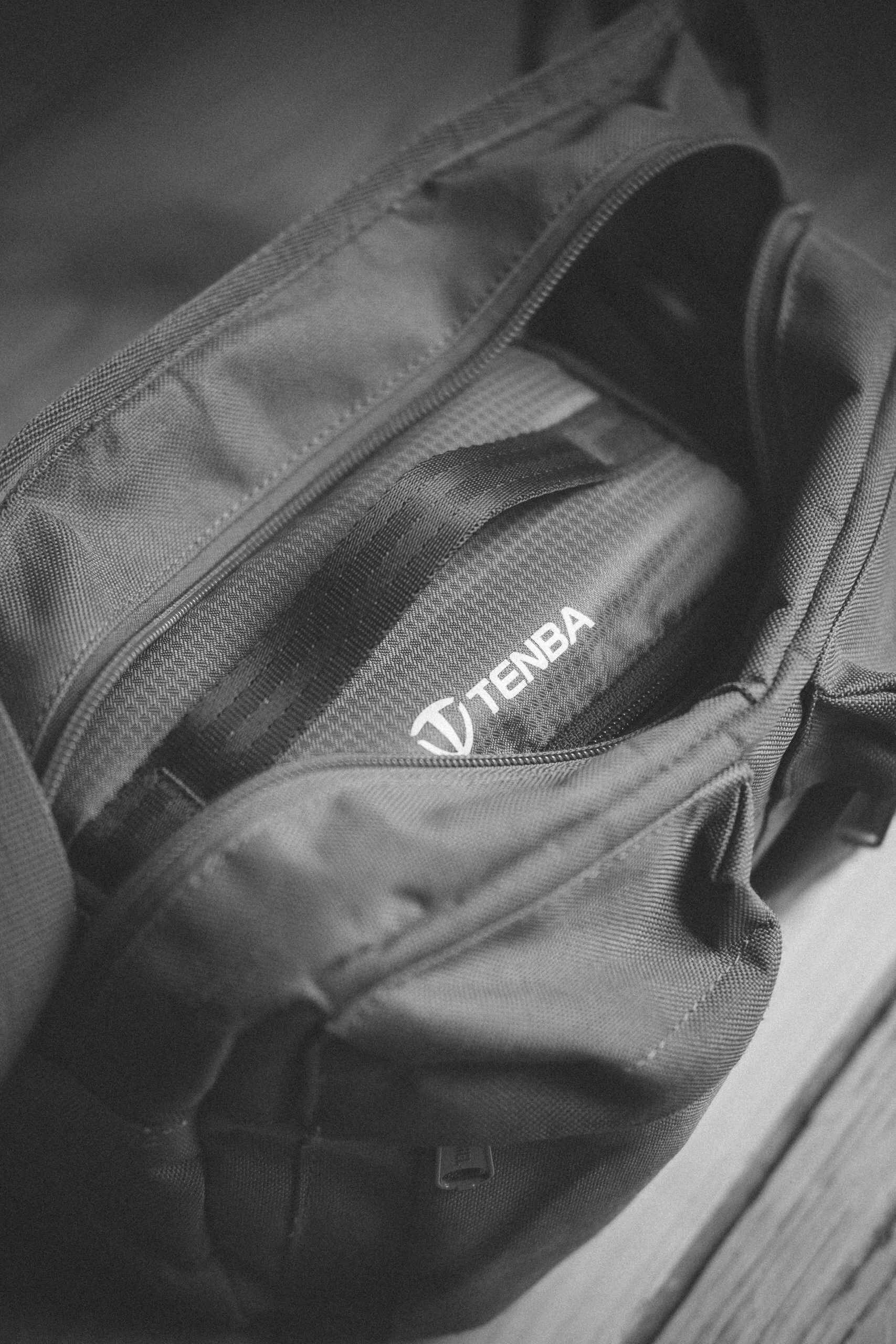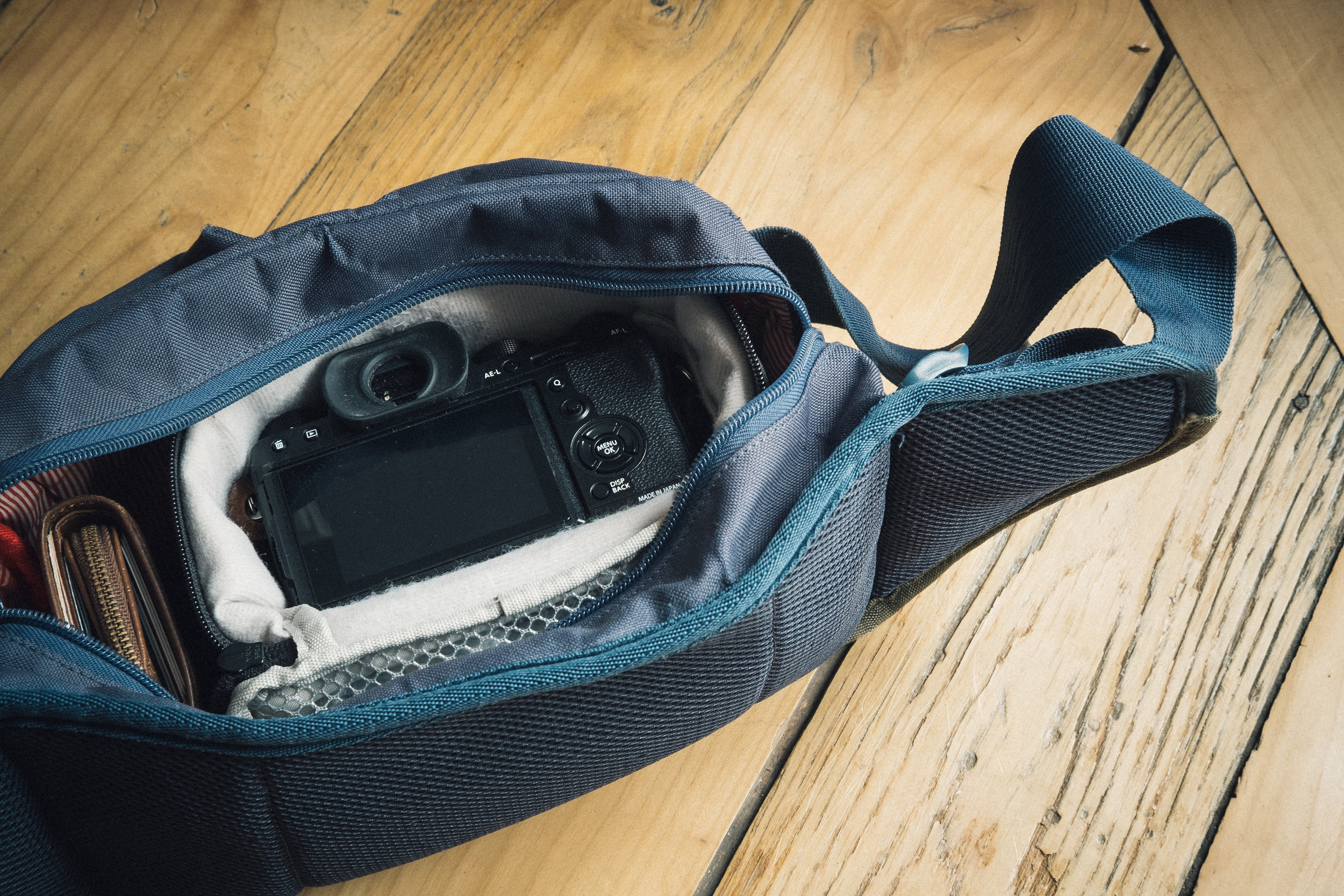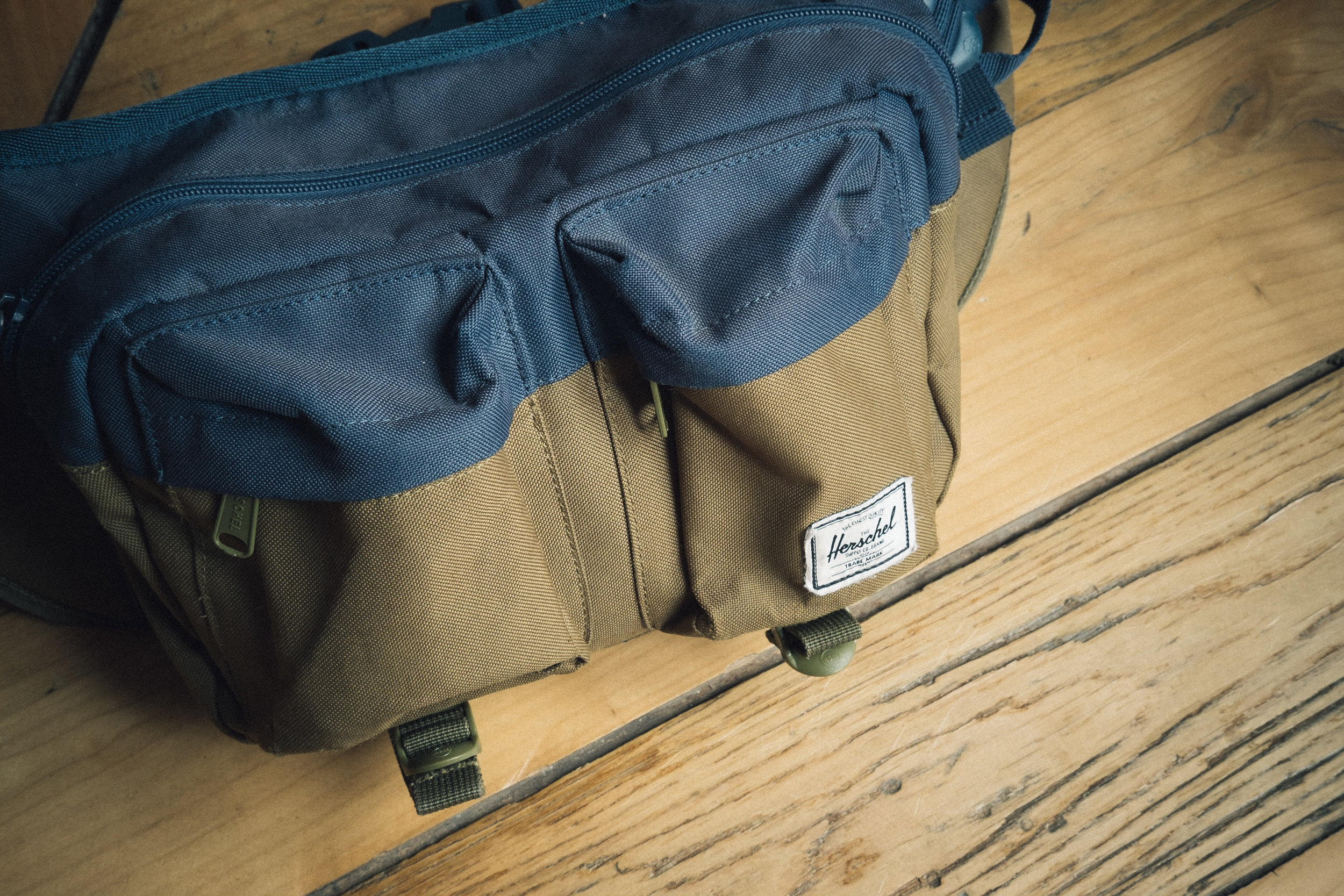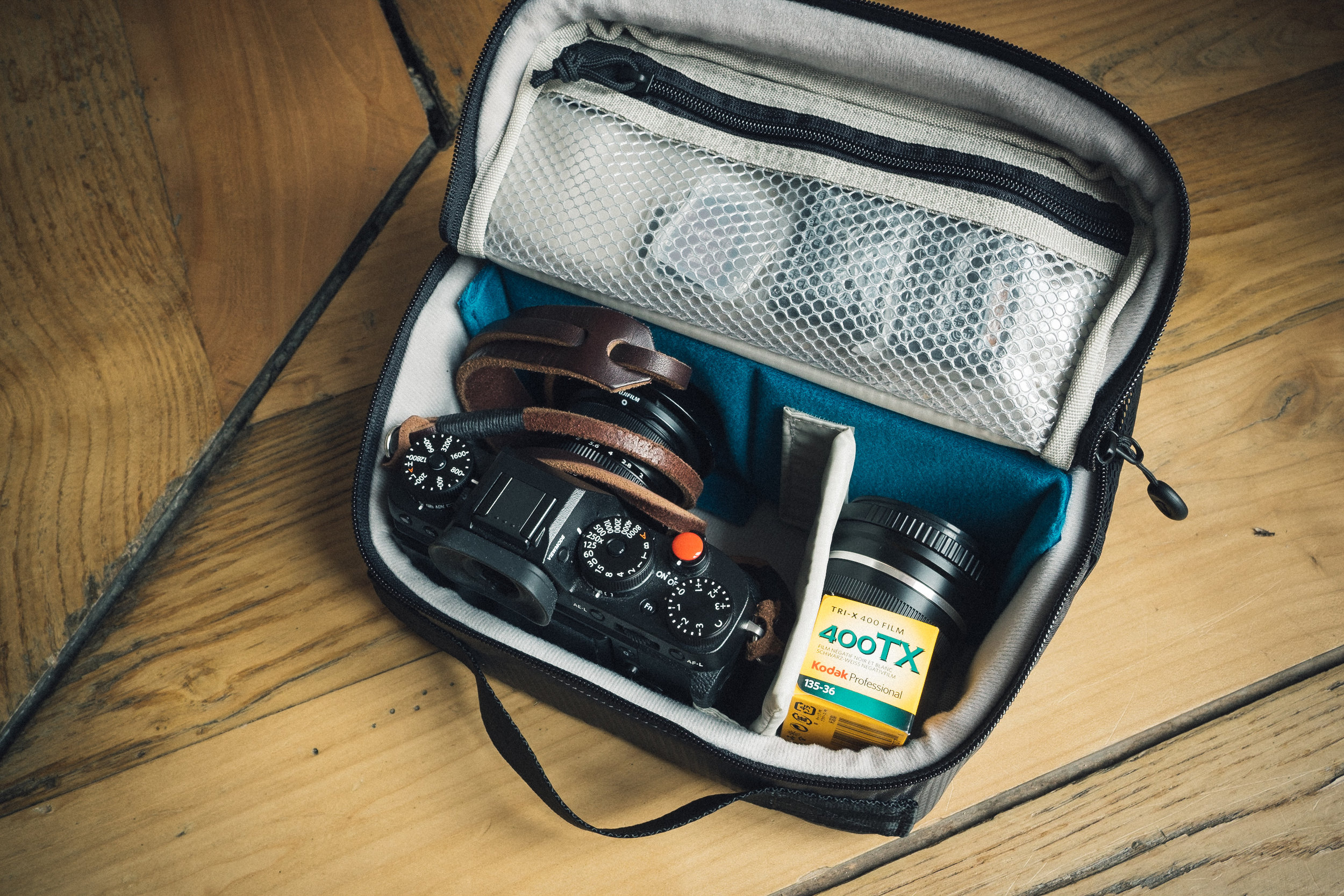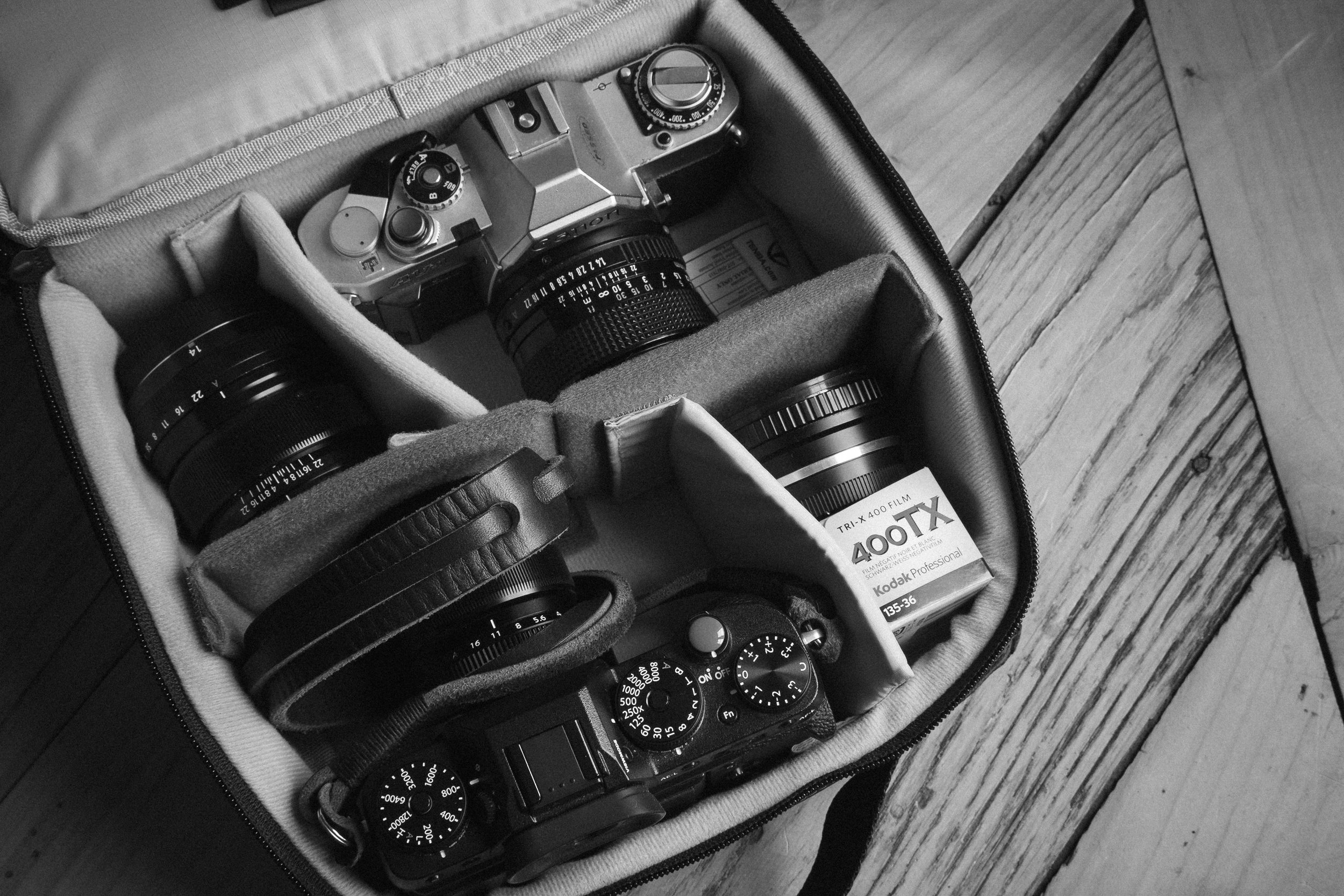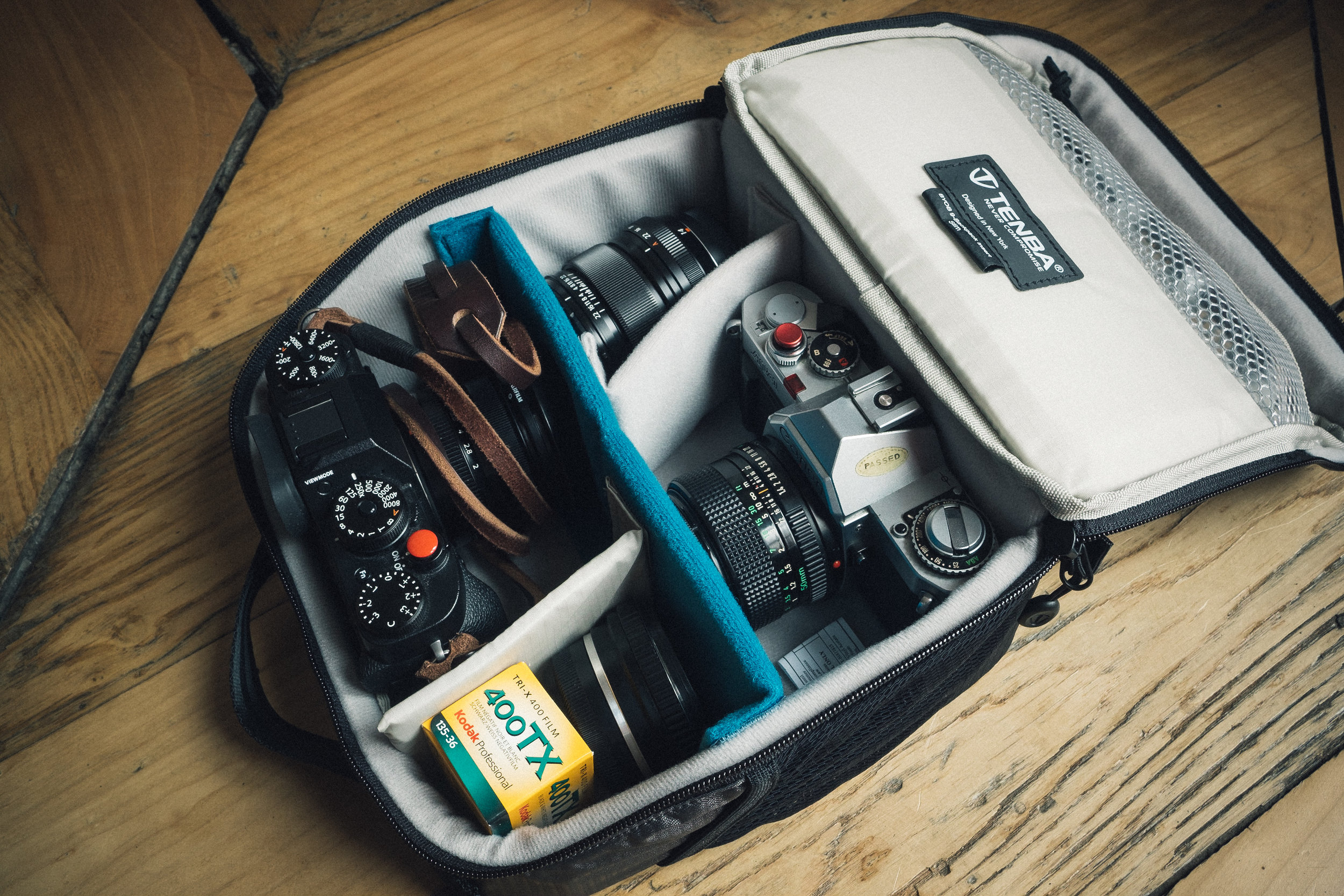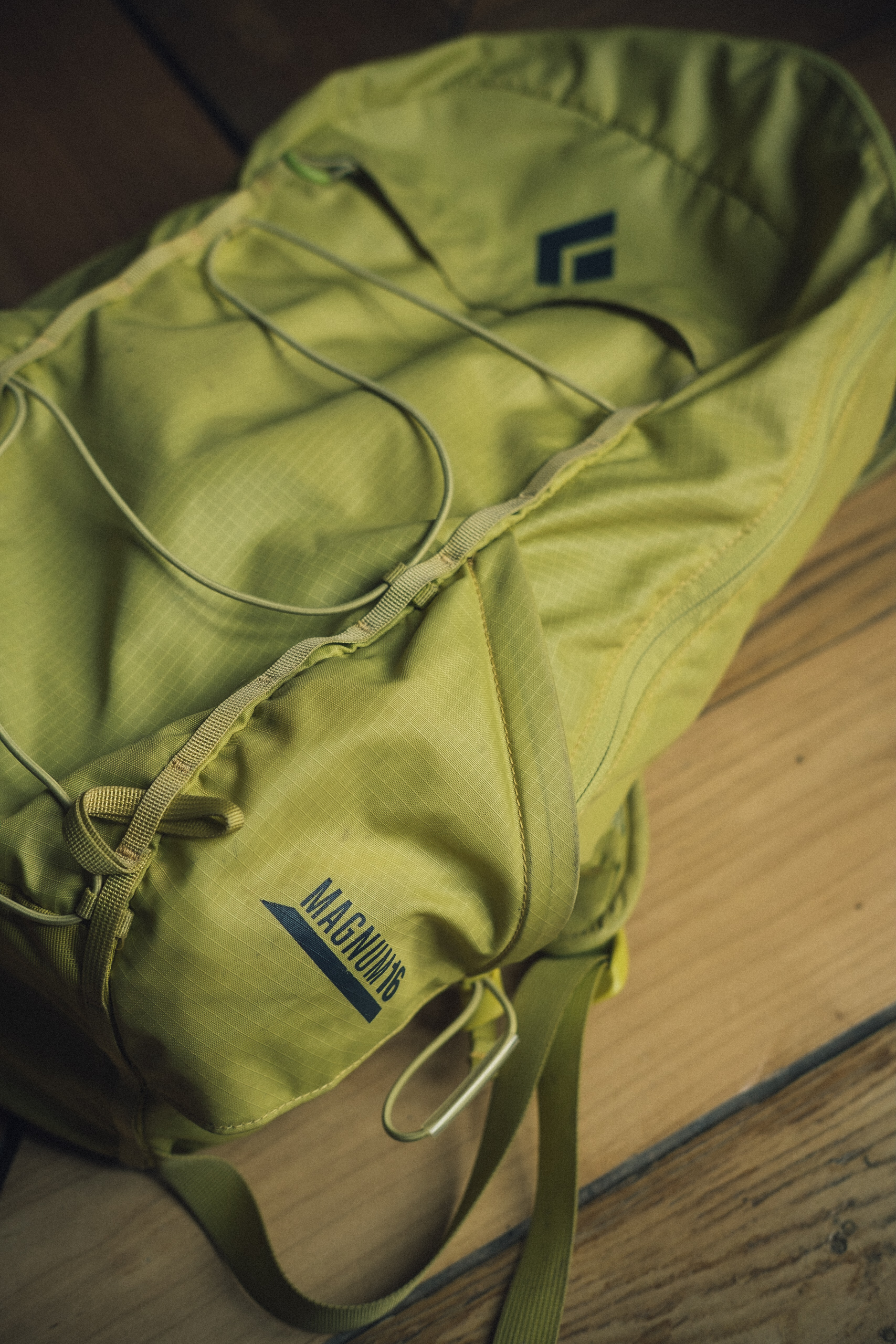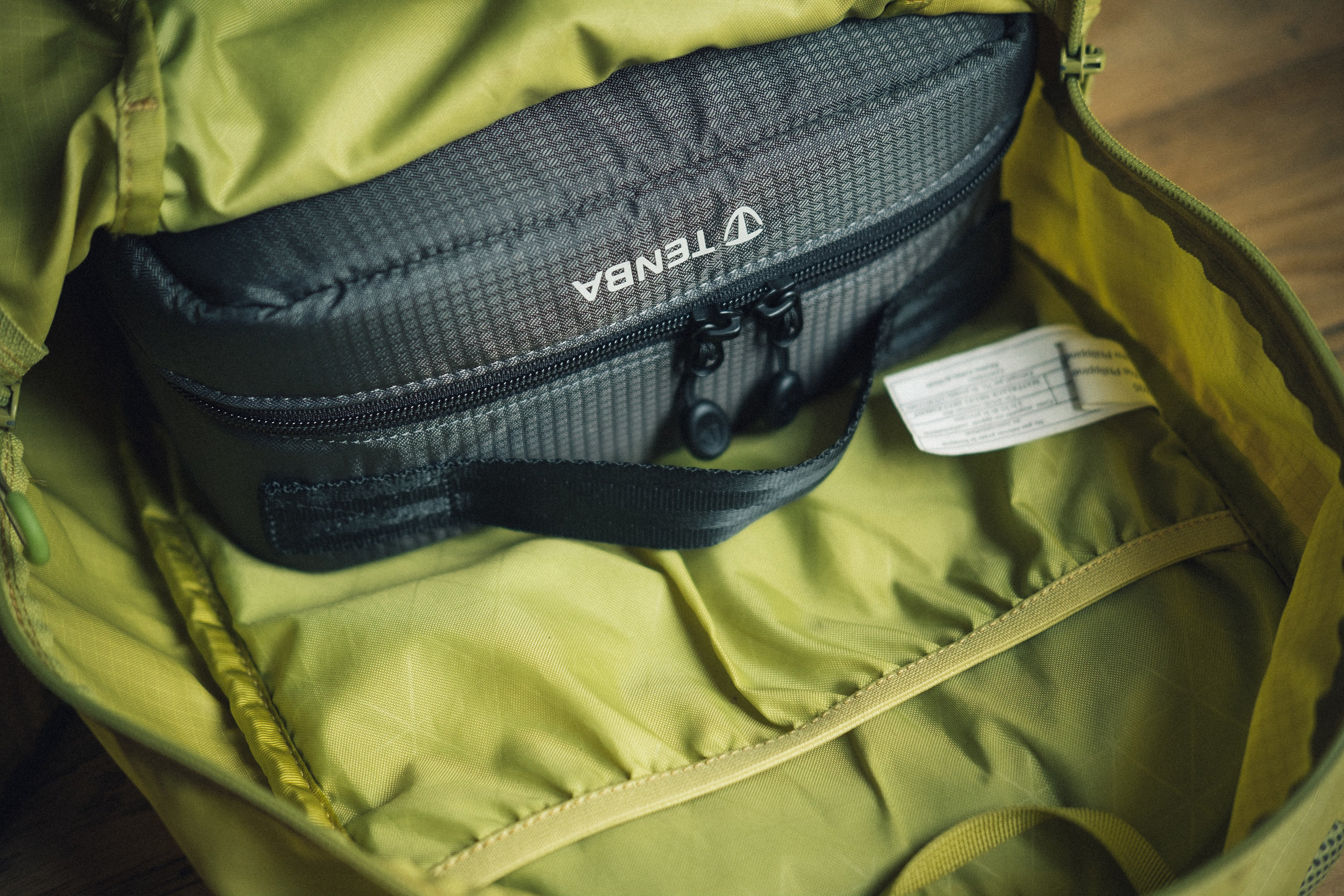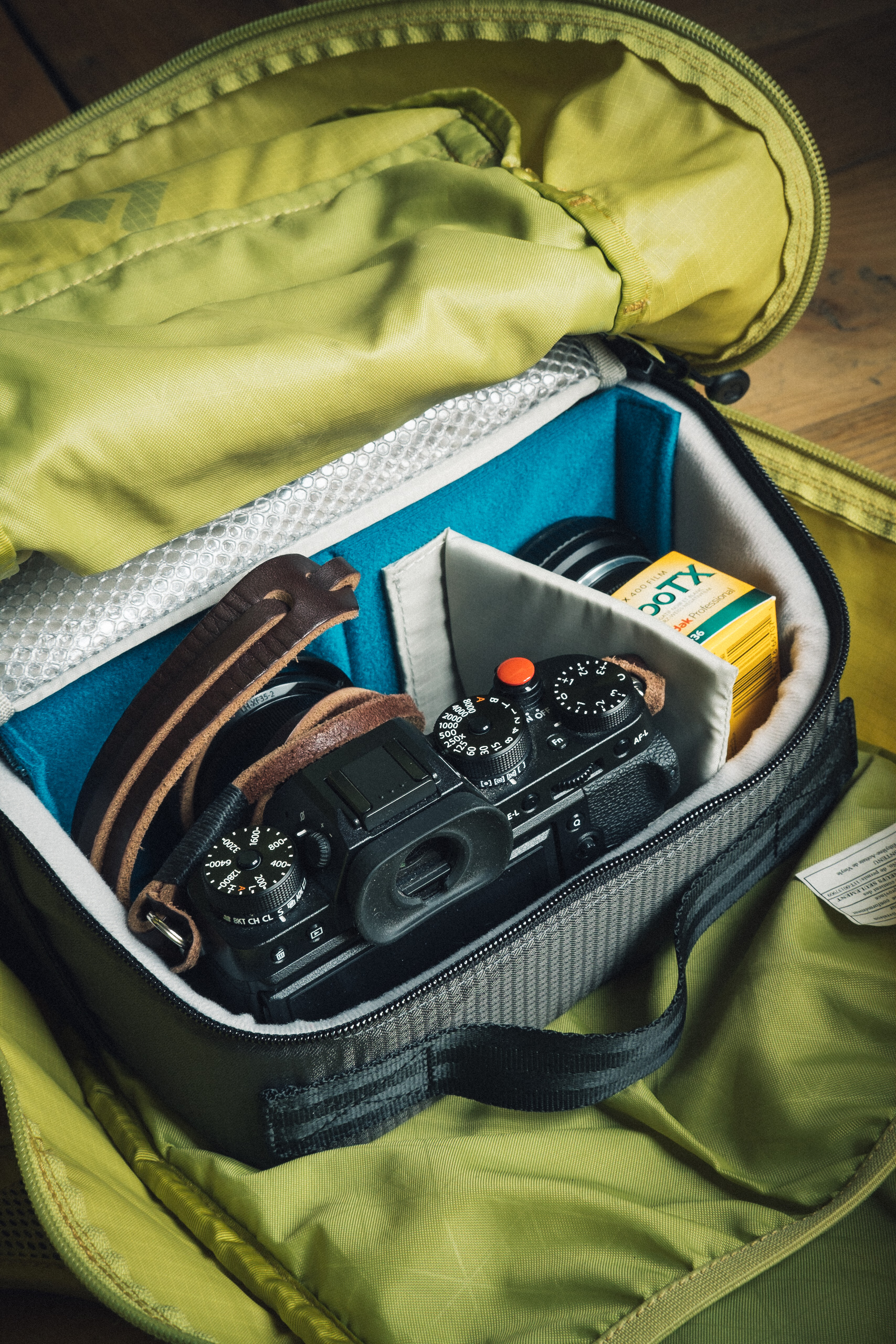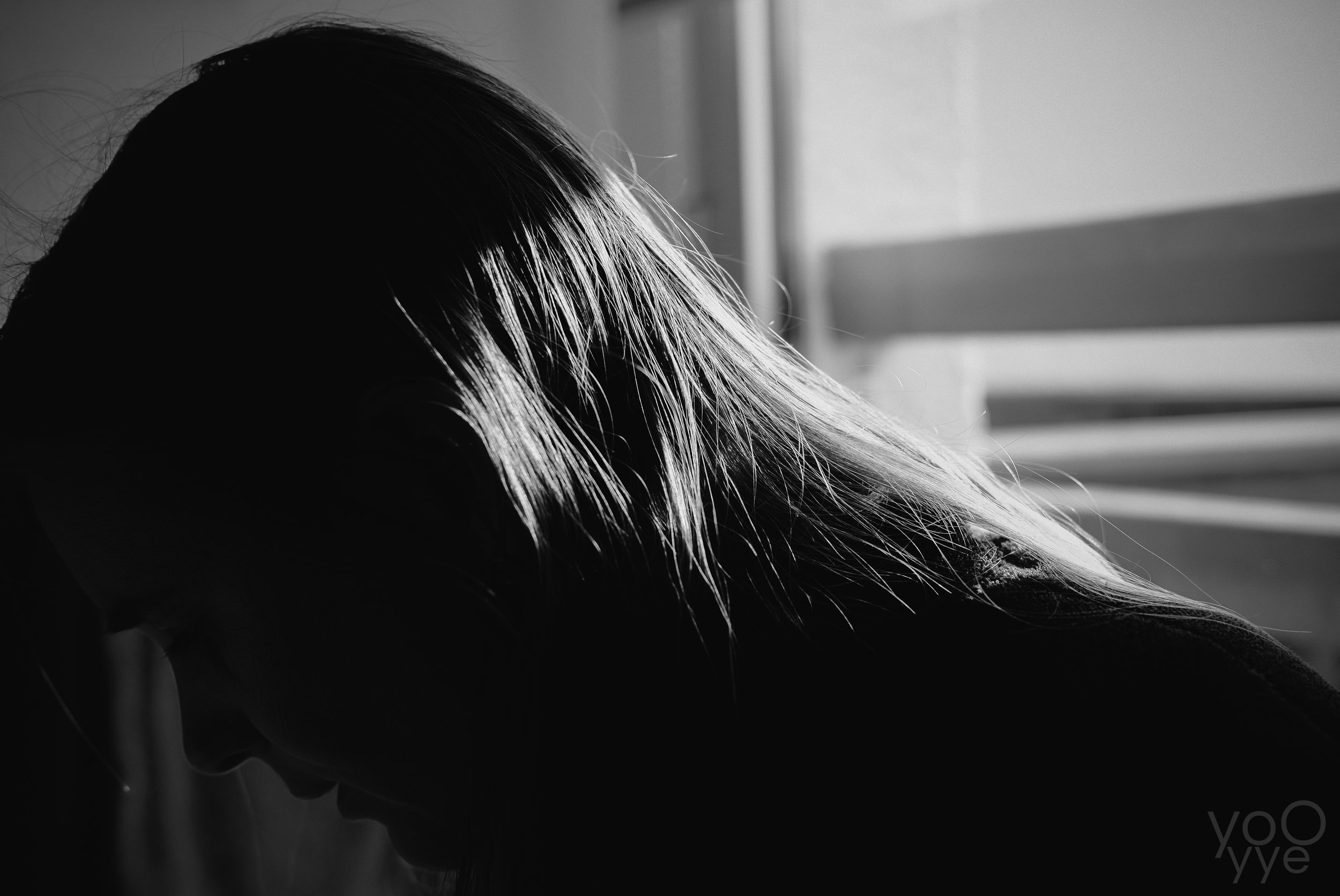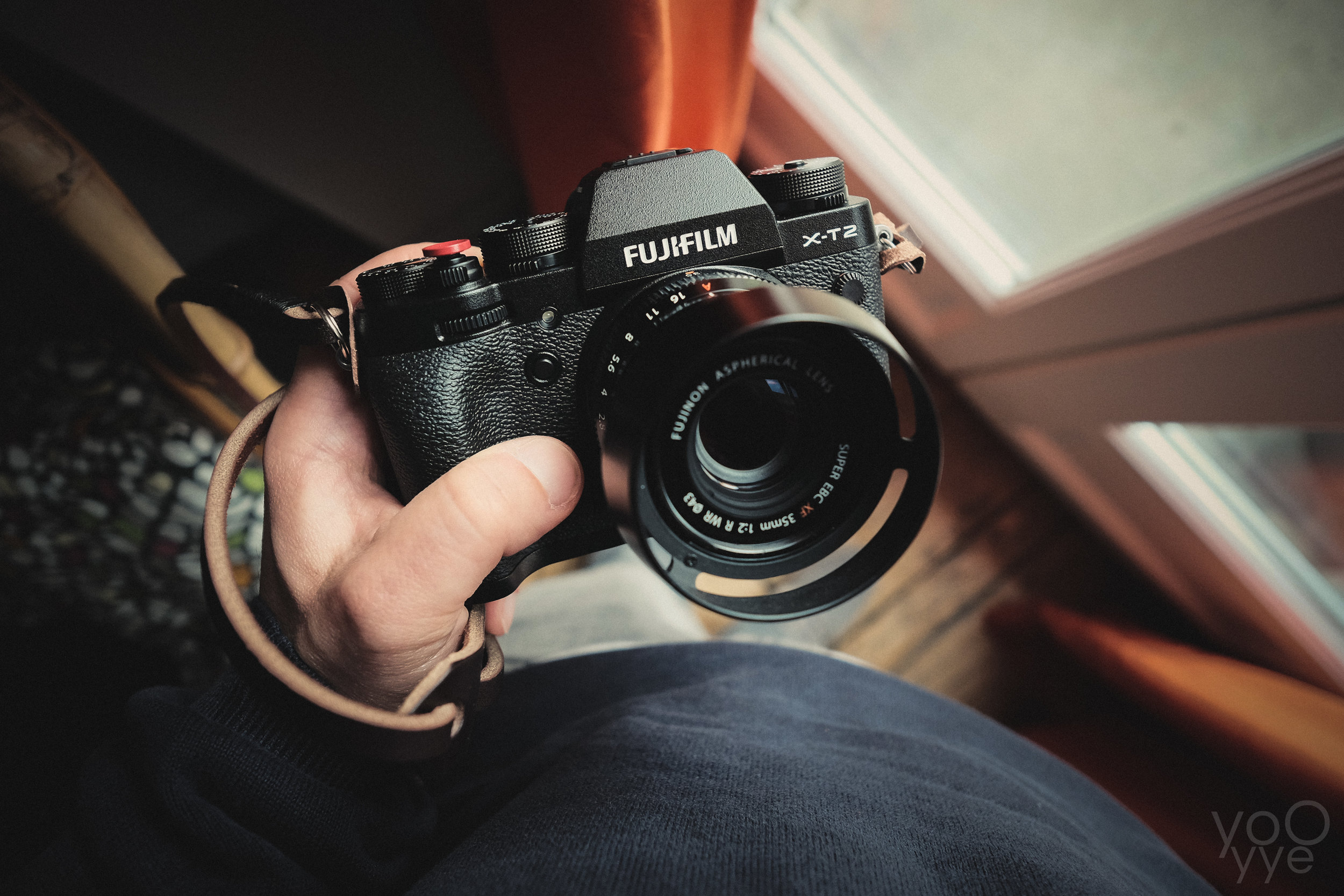In June I was interviewed by FujiXPassion magazine about a series of photos I had taken during the lockdown period.
With their kind permission, I share this interview on this journal.
The Beauty of Everyday Life - Interview with Yoann Buetas
Thank you, Yoann, for opening the doors of your home ! Could you start by introducing yourself to our readers.
My name is Yoann Buetas, I’m 38 years old, I live in a small town in the south of France near the Pyrenees.
I have 2 daughters, 8 and 14 years old.
Photography is not my main job and I thank those around me for giving me so much time for this passion.
I started this practice seriously in 2016 with the acquisition of an X-T10.
How did photography come into your life, and what role does it play ?
Even though I always liked the photo and the image in general, I remember a very precise moment when the "click" was made.
I had just received my new iPhone 6 and I had created an account on Instagram and VSCO. During a family mountain walk, in a winter atmosphere, I focused for the first time on the composition to feed my new social networks. I started editing some shots with VSCO. Seeing the result, I quickly created a blog on this application and started looking for cameras on the internet.
A few months later, I bought my first Fujifilm camera.
Today, I found a kind of second language in photography. It allows me to show what I see and feel. To express feelings. It is a kind of therapy for me. It is my outlet.
This series of photographs that you're presenting today has a very well-defined reason, a particular time-window and place for being. Could you explain ?
In France, we were confined for almost two months. And even though my work never really closed, I stayed home for about a month with my children.
I was finishing a small photo project when the lockdown started : 50/50 project (50 pictures for 50 days with a 50mm focal length) that I published on my website. This series of photos on lockdown came quite naturally thanks to this 50/50 project. I continued to take pictures every day like I did during the 50 days. I continued this naturally because a sort of routine had been set up.
Was capturing life at home during the lockdown a way of maintaining contact with Photography, or does it serve a higher purpose, of recording such an unprecedented event for future memory ? Or a bit of both ?
Usually, I take a lot of photos of my daily life. I am constantly looking for subjects or stories to feed my journal.
When we were confined, the subject seemed obvious to me.
I just had to figure out how I was going to present this series on the blog.
I also felt a need to document this very special period. A kind of mission, a little work to be done every day so as not to lose touch with reality.
I also said to myself that the pictures of this strange "break" in our lives will remain engraved for my daughters when they grow up if their memories fade a little.
Today, this series has turned into an interview in your magazine and I hope that people will recognize themselves in these photos and this atmosphere.
A substantial part of your photos represents candid moments of everyday life during the lockdown. How were you able to become "invisible" and capture these unstaged, genuine moments of your loved ones ?
I am a fairly discreet person. I like to go unnoticed. My entourage is now used to seeing me with a camera always around my neck or in my hand.
The people around me no longer pay too much attention to this or to me when they see me with this object. They go back to their activity right away and it allows me to take this kind of moments of intimacy without them realizing it and without it disturbing them.
I don't particularly like to make them pose and, to be honest, they don't like it either. Sometimes my daughters can hide a little bit when they see the camera. I quickly understand that this is not the right time and I do not insist.
I also turned to mirrorless for this sort of thing. Their small size compared to an SLR allows them to be more discreet, less intrusive.
And their lightness means that I always have it with me, in my bag. It accompanies me in everyday life.
To develop this documentary project, did you have a camera and lens setup that was always ready to use, or were the focal lengths selected according to the mood of the moment, or the subject to be photographed ?
The first photos in this series were taken with the XF35f2 because my project with the 50mm was not finished. Then, I set it aside to continue with a 35mm.
I wanted to change my vision after seeing the world at 50mm during the 50 days of my previous series.
The XF23f1.4 is ideal for those moments in my apartment in low light.
This lens allows me to have a little more perspective to recover the atmosphere and the decor in this fairly small space.
When I needed a little more privacy on the images, I mounted the 50mm on my X-T2.
I bought this device two years after the X-T10.
Even if the X-T10 and the series that followed (X-T20, X-T30) are perfect devices to start the practice, small projects made that I wanted and needed to move to the model a little more "Pro".
After having hesitated for a long time between the X-T2 and the X-Pro2, I chose the X-T series two years ago.
I also occasionally use a Canon FD 50mmf1.4.
For this series and my indoor photos in general, my settings are almost always the same. The aperture is set between 1.4 and 2 to properly highlight the subject. Automatic speed with a limit of 1/125 as my minimum shunter speed. I also let the X-T2 manage the ISO. They can vary between 200 and 3200 during the day, and in the evening from 200 to 6400.
The XF23 and XF35 complement each other quite well, but if you had to choose just one lens, which one would it be and why ?
I always come back to the 50mm very quickly. For me, this is the ideal focal length and the one that suits me the most. The most versatile for my photographic style. It allows me to capture the moments of intimacy, the details.
For many people, the 35mm is more versatile. Of course, I also like this focal length for photographing in somewhat "closed" places, for taking the environment around the subject but my eyes see life in 50mm.
I have the XF35f2 model and I have been thinking about replacing or completing it with the XF35f1.4 model for quite some time. Some people would say that this idea is a little "weird" but I find that these 2 lenses are complementary. The f1.4 for its very particular rendering and for the photos in low light and the f2 for its weather sealing and speed.
What software do you use to edit your photos, and what is your usual workflow ?
I have been a Lightroom user since the start of my practice. I have been trying Capture One for some time, but I do not have enough time to know this software. It’s quite complicated to change your work habits when you have a little mastery of a tool and you don’t have time to change it.
I shoot all the time in RAW + JPEG and I use JPEG on more than 90% of my work.
I basically use three profiles with the X-T2. ClassicChrome for color, Acros + Yellow when I'm indoors and Acros + Red when I’m outdoors for black and white. I directly modify the light and shadow on the device according to the light conditions.
After importing the photos into Lightroom, I often select a series of photos to which I try to apply more or less the same tones and settings so that the series is consistent in color and mood.
Finally, you will certainly agree that inspiration can come from observing the work of others, be it the great classics, or contemporary photographers. If you had to identify the photographer who most influenced your work, who would it be ?
A photographer counted a lot and inspired me enormously at the very beginning of my practice. I continue to follow his work and his blog regularly. Patrick LaRoque showed me that you can take beautiful and very interesting photos in everyday life. That our daily life and our intimacy could add captivating elements to the images.
I didn’t dare to buy a camera too much for fear of not finding exciting subjects to photograph. When I discovered him, I realized it was just the opposite. Magnificent photos can be found there, right under our noses, in these mundane moments and in our routine.
His blog is full of wonders, and it’s true that I envy him a bit about his ability to tell stories and write. An entire artist.
Finally, I would like to thank you very much for this interview and for giving me the opportunity to present this particular series.











































